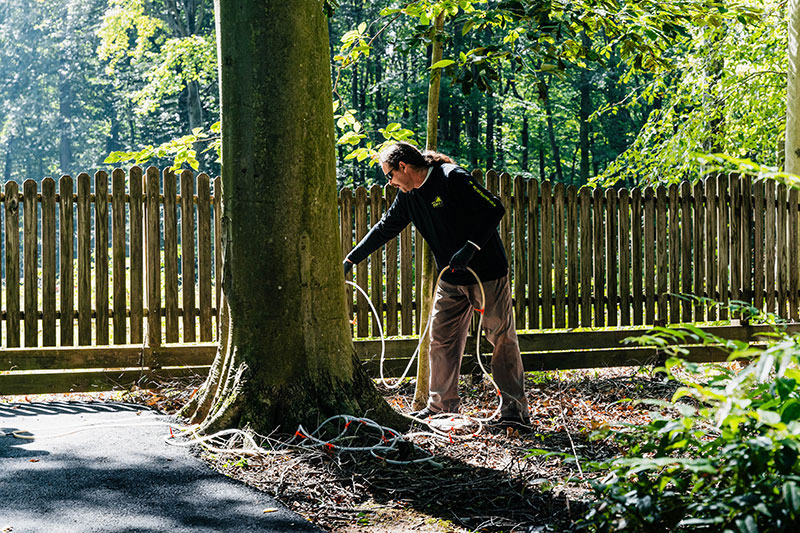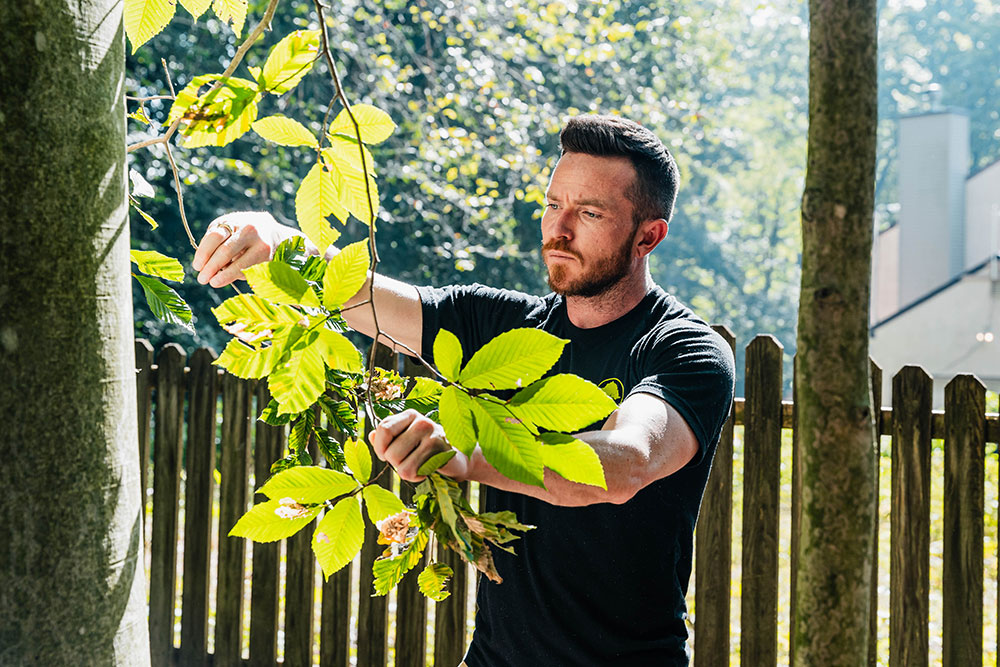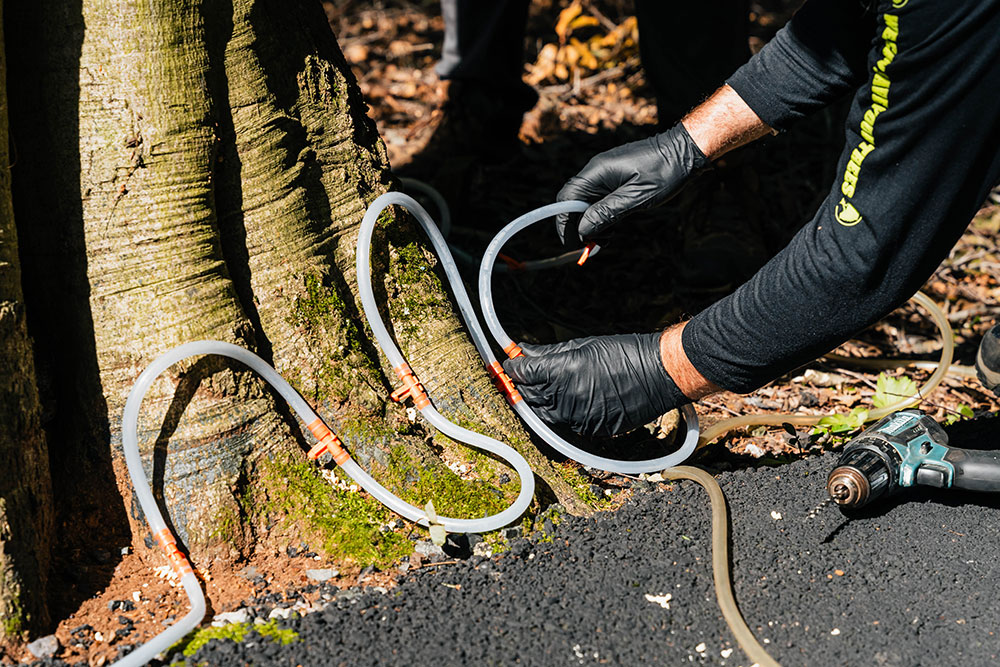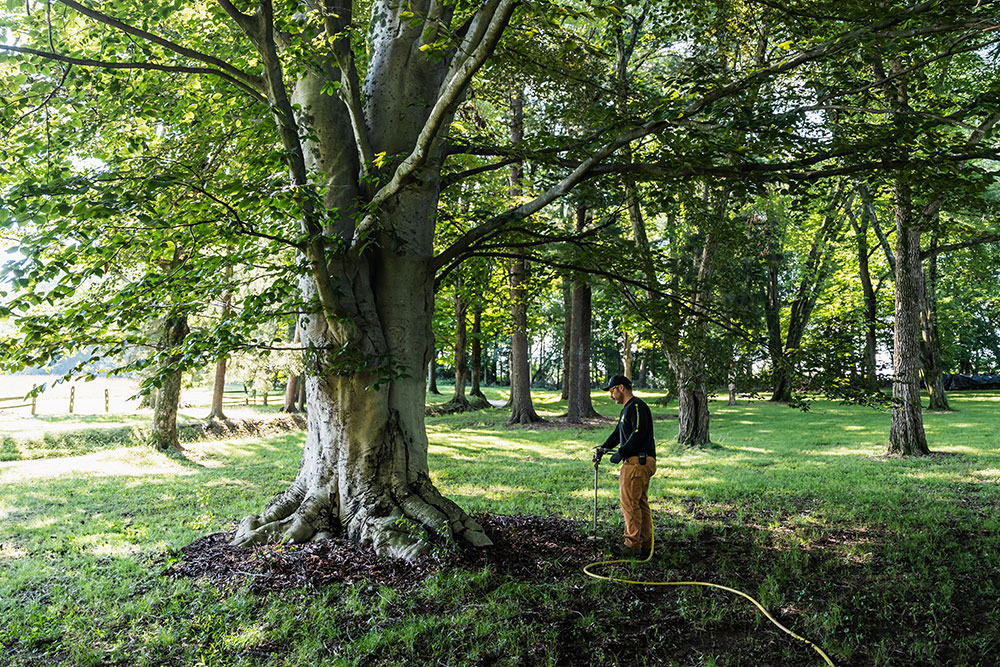Identifying Beech Leaf Disease in Pennsylvania & Northern Delaware
The first step in treating Beech Leaf Disease is correctly diagnosing it. But what is BLD in the first place? First discovered in Ohio in 2012, Beech Leaf Disease is a devastating vascular illness that infects and damages the leaves of Beech trees. Caused by toxins, pectinases, phenolics, or carotenoids produced by foliar nematode (Litylenchus crenatae). As the infection progresses, it can cause branch dieback and potentially kill trees within a few years, posing a serious threat to Beech tree populations in forests across North America, particularly in the northeast. Beech Leaf Disease can spread rapidly, making early intervention extremely important.
Beech Leaf Disease Symptoms
The good news is that Beech Leaf Disease manifests through several distinct symptoms. By being on the lookout for these indications and scheduling treatment with Certified Arborists, you can help save your trees and keep your outdoor spaces looking lush. Here are the most critical Beech Leaf Disease symptoms to be aware of:
Tap for more information
Dark Bands Between Leaf Veins
Resembling stripes, these dark green band-like lesions cause the leaves to curl, become deformed, and eventually drop prematurely.
Reduced Bud Production
The disease significantly diminishes the tree’s ability to produce new buds, which leads to decreased branch and leaf development in subsequent growing seasons.
Contact Trusted Tree Disease Experts Near You for BLD Treatment
Preventative Beech Tree Disease treatment will always provide the best results; however, recognizing the symptoms early can make a difference in managing the disease effectively and preserving the health and beauty of the region’s Beech trees. Choosing Certified Arborists for treating Beech Leaf Disease ensures you receive expert care backed by extensive knowledge and experience. At Rick’s Certified Arborists, our team has specialized training in diagnosing and treating tree diseases. We stay updated on the latest research and best practices, providing you with cutting-edge solutions.




